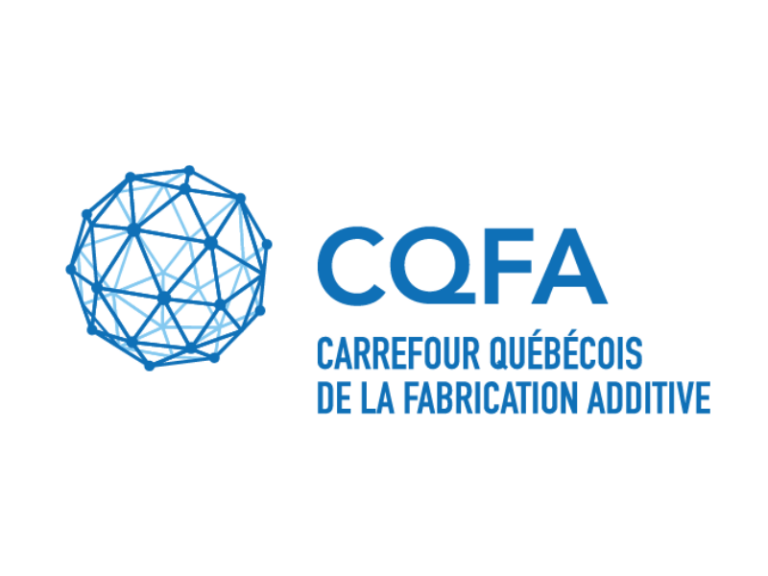
2023/01/26
A COMPARATIVE STUDY ON MATERIAL SELECTION OF AEROSPACE COMPONENTS FOR FUSED FILAMENT FABRICATION
Tikhany, F.; Hubert, P. (2022). A comparative study on material selection of aerospace components for fused filament fabrication. CANCOM2022 – Canadian international conference on composite materials.
Material selection has been a major concern in development of aerospace components due to the strict and high safety requirements of this sector. Light-weighting and flight performance improvement have led the manufacturers toward using high-temperature thermoplastic polymers which are more affordable than metals in terms of both supply and manufacturing processes. However, several interrelated and often conflicting criteria should be taken into account in order to select the best material considering the demanding properties of the component. This signifies the need for using an efficient approach to optimize the material selection procedure in the early stage of the designing process in order to balance the design objectives. In this paper, we compare the two most common multi-criteria decision making (MCDM) methods for material selection, namely technique for order preference by similarity to ideal solution (TOPSIS) and vIse kriterijumska optimizacija kompromisno resenja (VIKOR), to select the most suitable thermoplastic material for development of an aerospace component. Twelve attributes of the alternative thermoplastic materials are considered as the decision criteria to represent different physical, processing, and performance properties of the component that play important roles in its final performance. The criteria are weighted according to a systematic weighting framework proposed in the literature, consisting of objective, subjective, and inter-criteria correlation weights that are obtained based on entropy method, analytical hierarchy process (AHP), and standard deviation methods, respectively. The results are compared with the material selection performed using only AHP weighting method to demonstrate the effect of dependency of criteria and subjectivity from the personal bias of designer in the final decision.